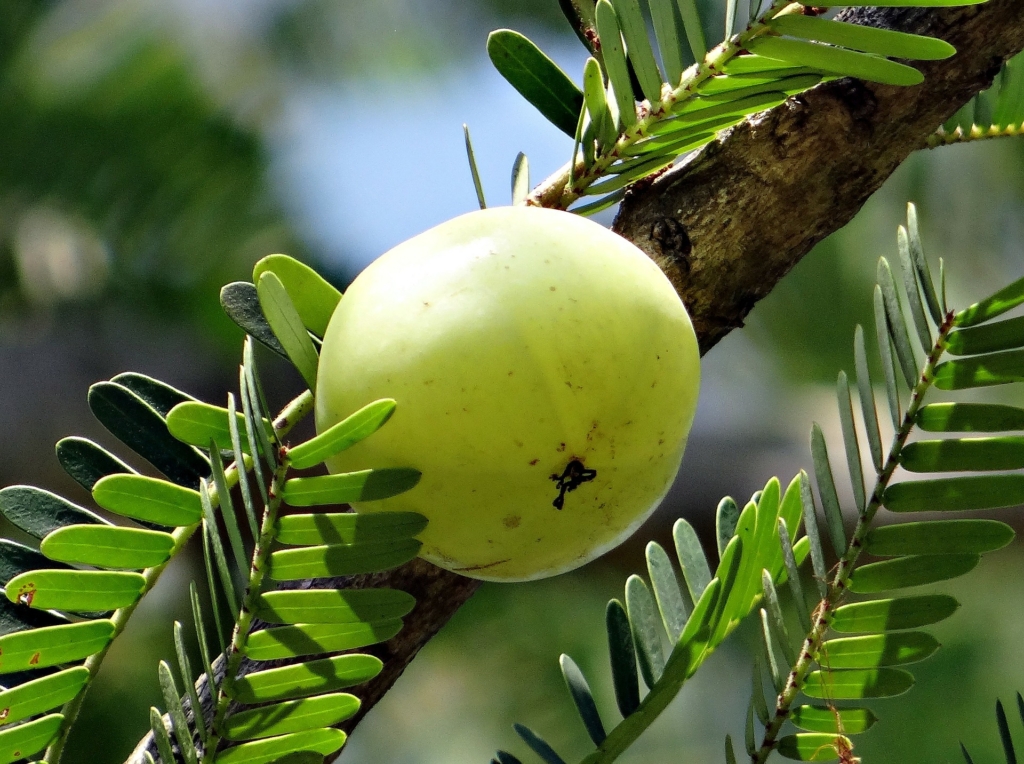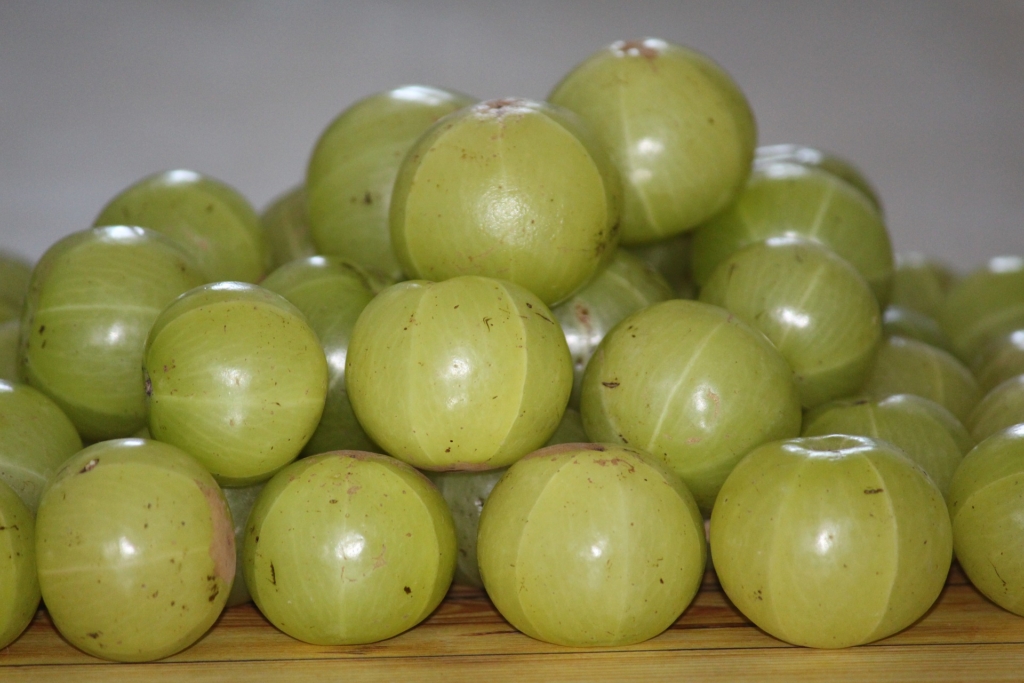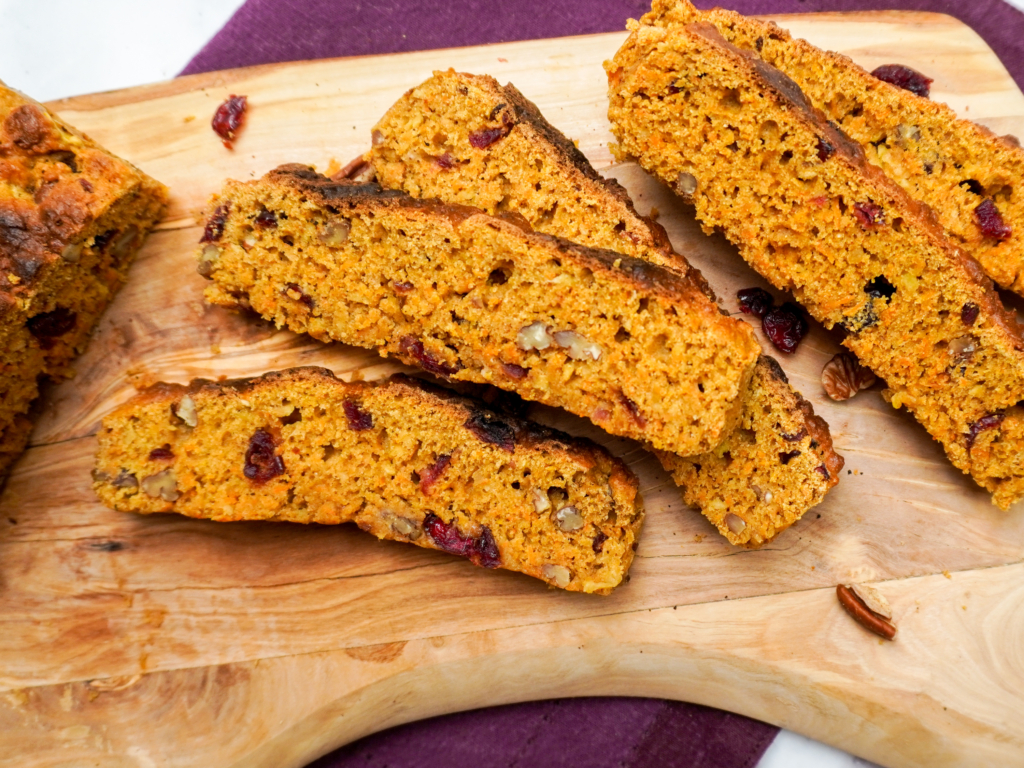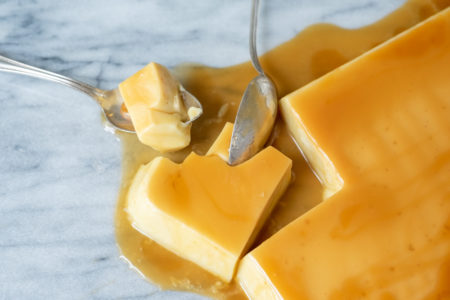Sour, bitter, and slightly sweet, Indian gooseberry offers a complex flavor profile that’s best enjoyed as preserves, dips, and drinks. Read on to learn more about Indian gooseberry and its diverse culinary uses.
What Are Indian Gooseberries?
Indian gooseberry (Phyllanthus emblica), or amla, is a small marble-sized fruit belonging to the family Phyllanthaceae. Appearance-wise, it is circular to oval in shape, green and translucent with vertical white-colored lines all over its body. Indian gooseberries widely grow in subtropical regions of Asia, especially India, Pakistan, and Bangladesh. Indian gooseberry is known by many common names including emblic, myrobalan, Malacca tree, and amla.

What do Indian Gooseberries Taste Like?
Ripe Indian gooseberry is astringent and very tart in flavor coupled with bitter, pungent, and slightly sweet undernotes. The texture is juicy, crisp, and highly fibrous. The skin of Indian gooseberry fruit is thin, yet tough to bite into. It has a single seed that’s hard and inedible, but used for medicinal purposes in ground form. A range of nutritional supplements uses amla as a key ingredient owing to its high Vitamin C content.
How to Use Indian Gooseberry?
Since Indian gooseberries are sour and bitter, they’re not typically eaten raw. The fruits are widely savored in South Asia in preserves, jams, chutneys, and pickles. Amla Murabba (Indian gooseberry preserve) is by far the most common way to consume them; the fruits are cooked in cardamom-flavored sugar syrup until they’re tender.

You can add chopped or cubed amla murabba to bread, fruit buns, and fruit cakes along with currants, pecans, almonds, and dried cranberries. Our recipe for Morning Glory Bread would especially benefit from small cubes of amla murabba. Moreover, they can be added into crumbles, pies, custards, and trifles.
Indian gooseberries are used in some Indian dishes like Amla daal, Amla Rice, and Amla Sabzi. You can roast gooseberries with herbs and spices just like in our recipe for Roasted Carrots, turning them into an ideal sweet-sour spicy side to pair with seared steaks or perhaps crispy chicken breasts.

To reap the nutritional benefits and to impart a tanginess to dishes, Indian gooseberry powder can be added to soups, casseroles, and stews. Try adding a spoonful of powdered amla into our following recipes for tangy sweetness and added nutrition.
Indian gooseberries are sometimes pureed along with other ingredients and turned into zingy dips to pair with fries, pakoras, and fritters. They are also used to flavor beverages like smoothies, sodas, wines, and teas. However, fresh amla juice combined with carrot, beetroot, and orange juice is regarded as a healthier option when it comes to gooseberry drinks.

Feature Image: Flickr user rednivaram ( CC BY-NC-SA 2.0 )



